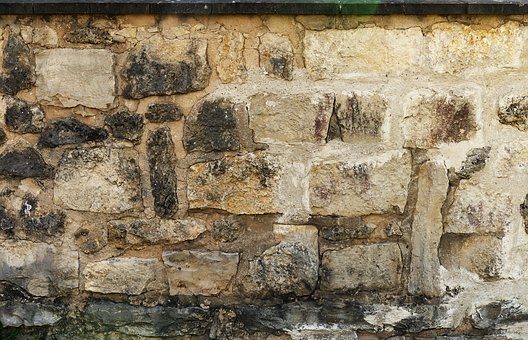It is important to take into account many factors when building your retaining wall. Some retaining walls can be built to building code or bridge code while others can be built to specific AASHTO load combinations. A retaining wall may have guardrails or barriers as an additional layer. A retaining wall may be constructed using various types of materials. This article will cover the various types of retaining wall and what to look out for when choosing the right one.
Designing retaining walls
Retaining walls serve three main purposes: to prevent soil erosion and create usable beds on steep terrain. These walls can be either an individual structure or part a larger construction project. Because they are an integral part of the overall design, retaining walls may need planning permission. Freestanding retaining walls, on the other hand, do not require planning permission, but they must still be structurally sound.
Wall stability calculations must include lateral earth pressure. This pressure is zero at the top and increases with increasing depth. These forces can cause the wall’s collapse if they are not controlled. Hydrostatic pressure is caused when groundwater behind a wall is higher than the static Earth pressure. The pressure of earth retaining structures should not fall below 5kN/m3 fluid.
Types
The purpose of retaining walls is to prevent soil erosion, provide usable beds in steep terrain, and provide decorative landscaping features. Retaining walls can be either a standalone structure or part a larger construction project. Walls exceeding a certain height or depth are subject to planning permission. However, planning authorities may not require approval for freestanding retaining walls. They must still be structurally sound. Listed below are the types of retaining walls:
Sheet pile walls are made from steel sheets. They can withstand pressure but can be economically maintained up six meters. They can also be made of concrete, plastic, or wood. Anchored Retaining Walls anchor into the ground with cables. Steel strips and plastic mesh are used as reinforcement. There are many types and uses for retaining walls. Before you decide on the right one, consider the purpose of the wall.
Costs
There are many types of retaining walls. But the most important thing is that not all retaining walls are created equal. The cost of your retaining wall will be affected by the type you choose and the materials used to build it. The cost of a retaining wall can vary from $20 to $600 per foot, but it is easier to calculate the cost per foot. The main difference among retaining wall types lies in the length of the wall once it is completed.
A retaining walls’ basic cost assumes a relatively clean site. But clearing brush can make the project more expensive, as it will require more manpower to transport the equipment. Additionally, contractors often save money by pulling their own equipment up to the job site, so they can save on labor costs. Retaining walls can be very expensive due to the labor involved. This is why homeowners should consider this when comparing bids or examining job sites.
Maintenance
Retaining walls can often be repaired or replaced. These walls were built to withstand particular loading conditions, and it is important to consider any changes to the surrounding area when designing a retaining wall. Changes may include the construction of a parking lot or roadway, and the use of road salts. You should also consider surface water drainage. Here are some important tips for maintaining retaining walls:
Checking the surface of the retaining wall is the easiest component to inspect. Pay attention to mortar joints that have become brittle. Also, pay special attention to any bulges. Bulges and clogs may indicate excess back pressure or failure to support the soils. Cracks in the foundation need to be repaired as they can cause the wall’s foundation to be eroded. And if there are any openings in the wall, be sure to caulk the edges and seal any infiltration.


